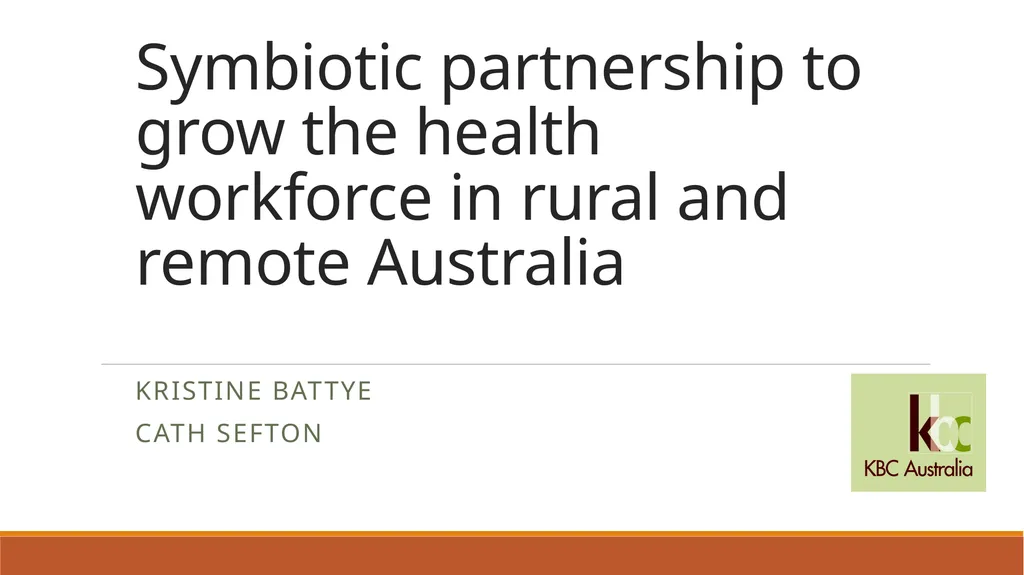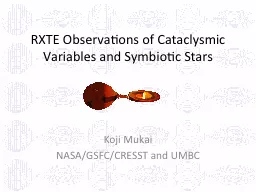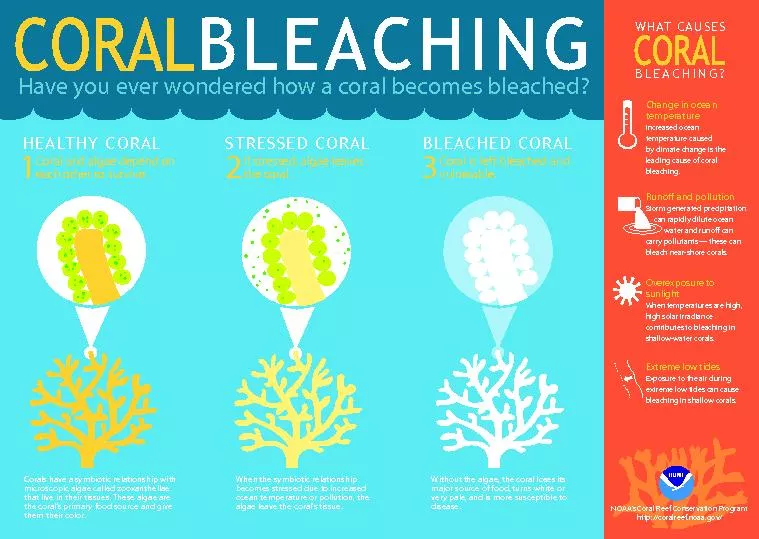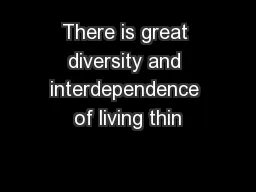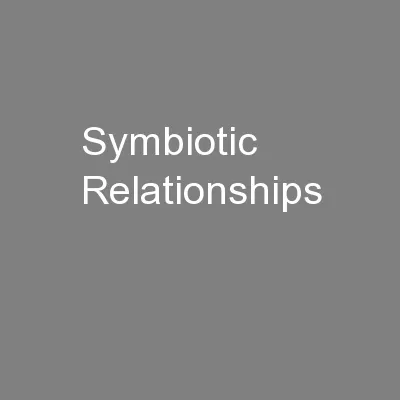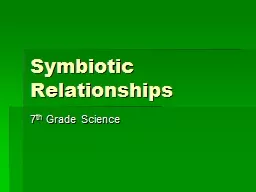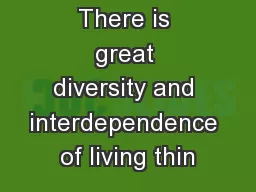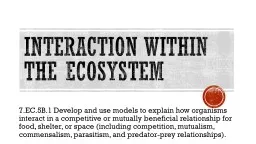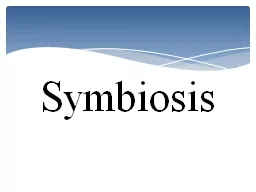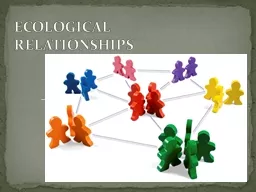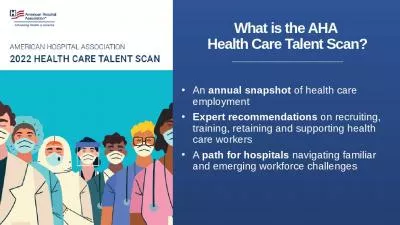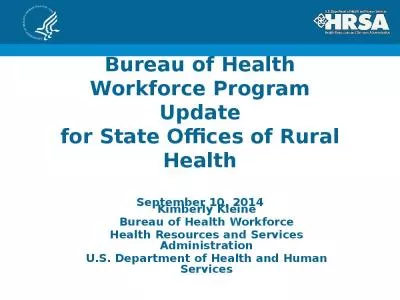Symbiotic partnership to grow the health workforce
Author : giovanna-bartolotta | Published Date : 2025-06-23
Description: Symbiotic partnership to grow the health workforce in rural and remote Australia Kristine Battye Cath Sefton Introduction Presentation largely draws on the findings of a review of Aboriginal Community Controlled RTOs funded by the
Presentation Embed Code
Download Presentation
Download
Presentation The PPT/PDF document
"Symbiotic partnership to grow the health workforce" is the property of its rightful owner.
Permission is granted to download and print the materials on this website for personal, non-commercial use only,
and to display it on your personal computer provided you do not modify the materials and that you retain all
copyright notices contained in the materials. By downloading content from our website, you accept the terms of
this agreement.
Transcript:Symbiotic partnership to grow the health workforce:
Symbiotic partnership to grow the health workforce in rural and remote Australia Kristine Battye Cath Sefton Introduction Presentation largely draws on the findings of a review of Aboriginal Community Controlled RTOs funded by the Department of Health and ageing, and comparator RTOs (publicly funded and blended funding) Focuses on key factors impacting on educational outcomes for ATSIHWs to inform a sustainable training model Recommendations from the review were supported in the Mason Review of Australian Government Health Workforce Programs (2013) Importance of clinical education capacity in the primary health care setting to grow the health workforce Context: ATSIHW training National Aboriginal and Torres Strait Islander Health Worker training package – developed by Community Services and Health Industry Skills Council, 2007 Qualifications – Certificate II to Advanced Diploma in practice care or community care stream 2010/11 – 33 RTOs offering course (TAFES and Community Controlled) Limited availability of Cert II (entry level) and limited advanced HW education opportunities. Key Elements of Training Model Educational Outcomes CONTEXT Measuring educational outcomes – course completion and length of completion is difficult in VET sector (all RTOs) : Absence of unique student identifier Ill defined concept of student commencement Tend to use competency (unit) completion Health field competency completion 83% v 79% across the sector (NCVER 2010) REVIEW FOUND: RTOs offering ATSIHW qualification – approximately 50% competency completion Student withdrawal tended to be lower if student employed by a health service (similar to apprenticeship)rather than on placement as pre-employment student. Challenges for ATSIHW training RTOs (Community controlled and mainstream) service a highly disadvantaged student population Students undertake placements/work distant to the RTO Health services/centres: Limited capacity for supervision – workload, clinical acuity, staff turnover Limited clinical education capacity within primary health care settings Supervisors may not understand scope of practice for ATSIHWs (students and qualified) RTOs – difficult recruiting and retaining qualified staff (Short-term funding community controlled) ->lack of internal capacity-> financial risk->educational achievements->financial risk Factors impacting on educational outcomes Sustainable training model demonstrate: RTO Financial viability: Skilled governance Source training funds Breadth of qual Student IM – compliance and reporting Infrastructure and equipment RTO Educational outcomes: Aboriginal and Torres Strait Islanders – training and assessment team Student support and mentoring Training model – urban, rural and remote LLN capacity RPL capacity Preceptor training Training in workplace training and assessment Workplace: Identified preceptor Local or regional clinical educator Cultural mentor Timely workplace assessment Designated study
